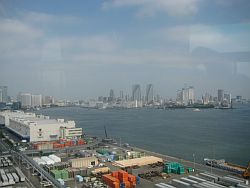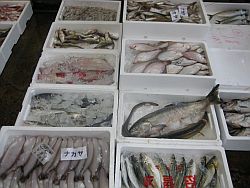Economy of Japan
The shattered economy of Japan grew from the rubble in the aftermath of World War Two into the
world’s second-largest economy (behind the United States) in just a few short decades.
This period of rapid growth culminated in a “bubble economy” in the 1980s, during which land prices doubled
and the Nikkei stock index skyrocketed in an era of wild speculation and ambitious investment.
Japan’s economic bubble burst at the end of the decade as a result of tightened monetary policies
and higher interest rates, which sent the stock market crashing to earth and plunged Japan’s economy into a
deep and painful recession that lasted the entire decade of the 1990s. In recent years, however, the economy
has again begun to show signs of growth.
![]()
Japan Imports and Exports

Due to its lack of natural resources, Japan is highly reliant on imports of raw materials, foods,
and other essentials from China, the U.S., and other countries.
Japan is among the world’s leading producers and exporters of such items as automobiles, electronics,
metals, machinery, and chemicals. The primary recipients of these exports are the U.S., China, and South
Korea.
![]()
Agriculture and Fishing in Japan

Japan’s leading agricultural crop is rice, Japan’s main food staple, although rice growers are
heavily subsidized and protected by the government from foreign competition.
Since only about 15% of Japan’s land is arable, the country is unable to grow enough food to feed
its population, and as a result
must import wheat, soybeans, meat, and other essential food items from abroad.
Japan is one of the world’s leading countries in terms of annual tonnage of fish caught.
The center of its active fishing industry is Tokyo’s Tsukiji Fish Market,
the largest wholesale fish and seafood market in the world.
![]()
